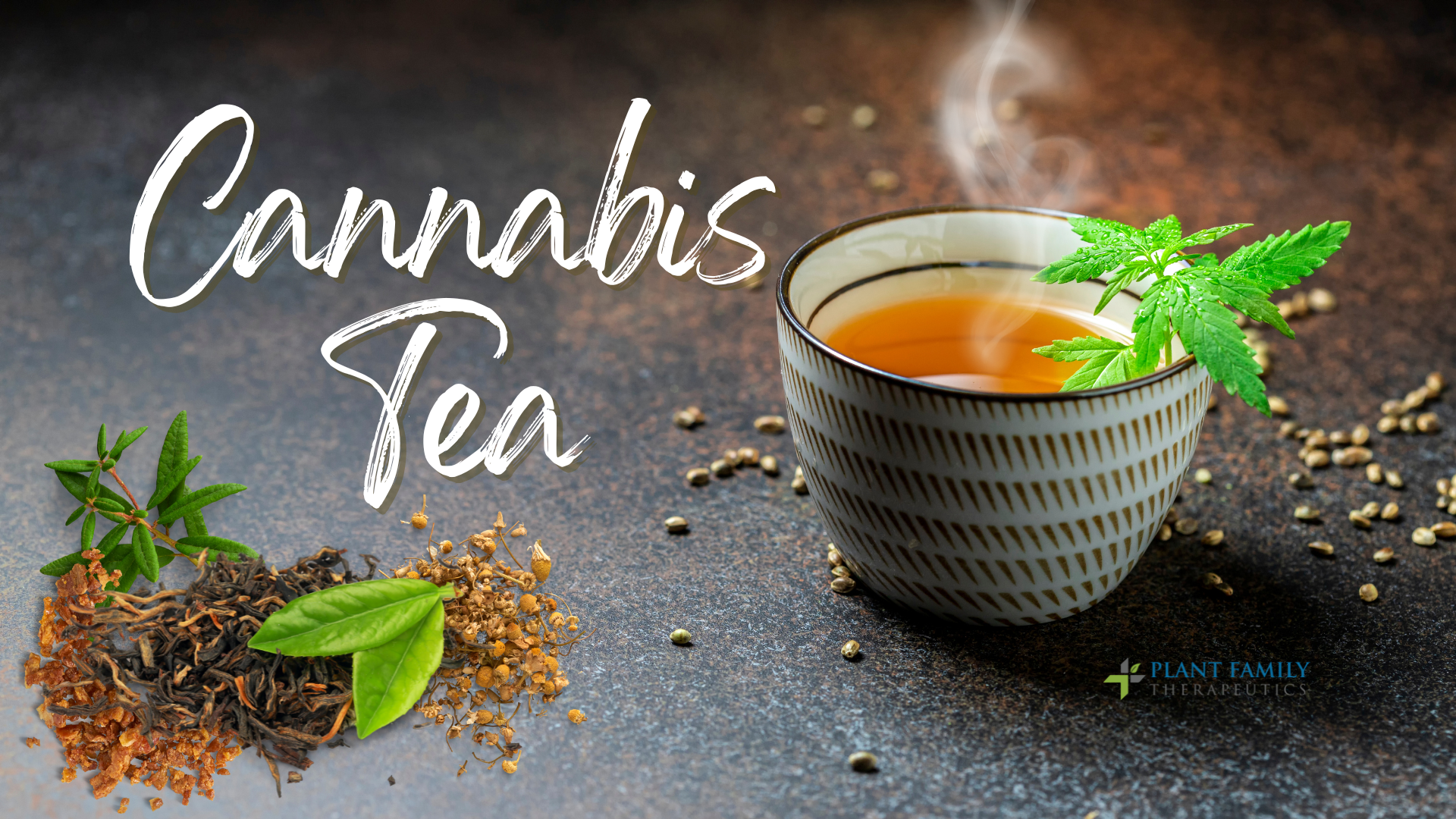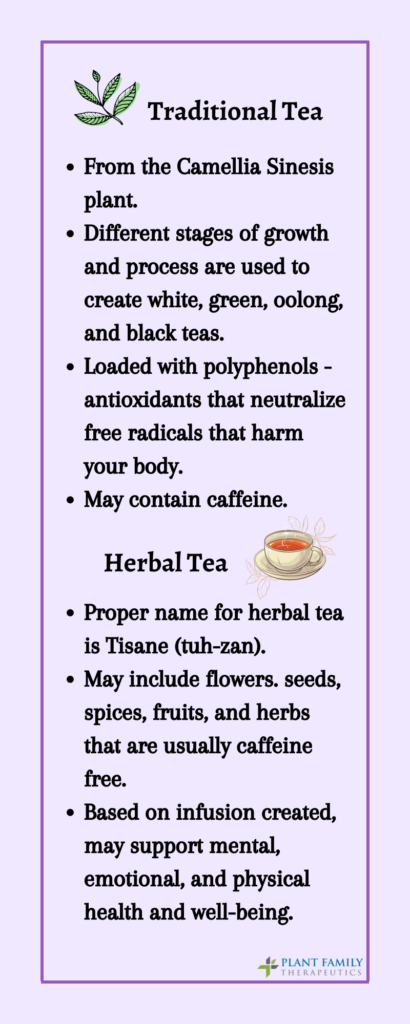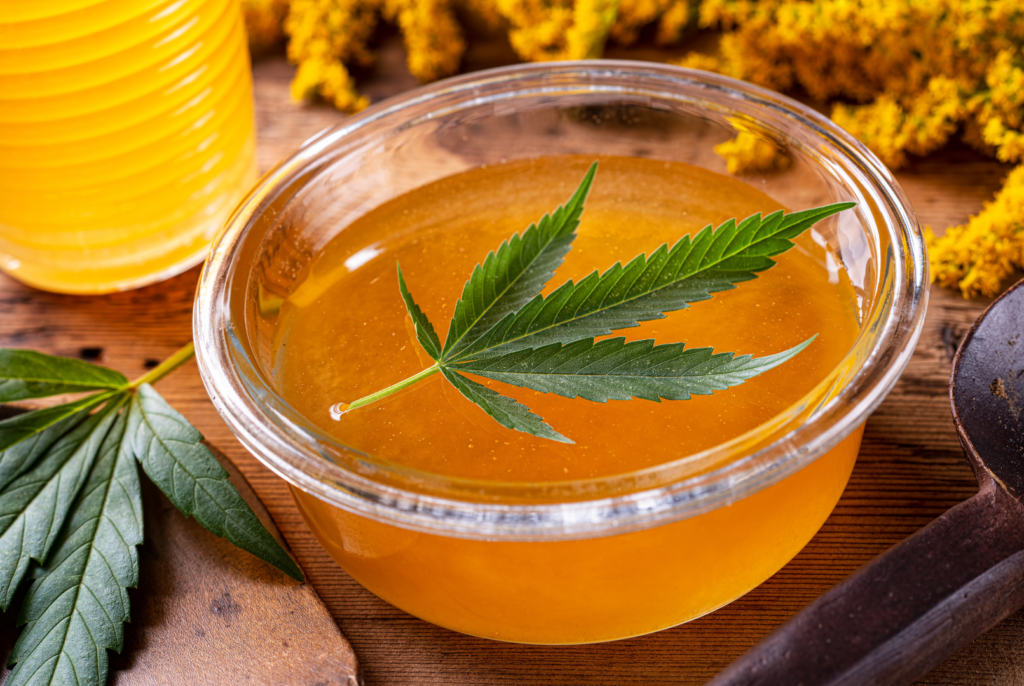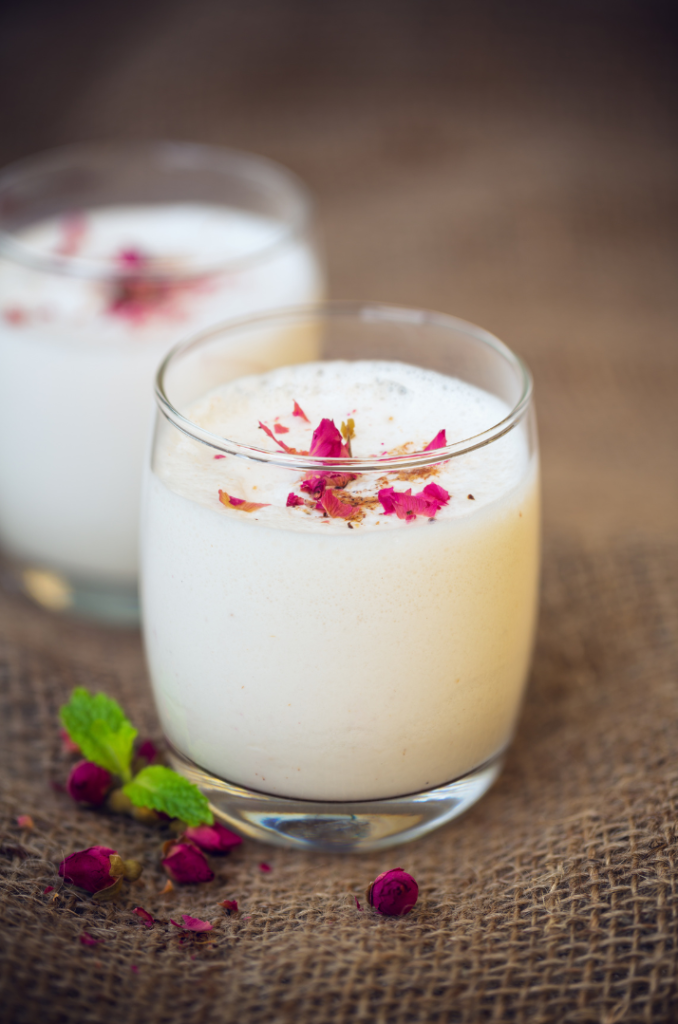This website requires you to be 21 years or older to enter. Please confirm your age below to continue.

Fall is here and that means it’s the time of year when the temperature drops into a crisp chill and leaves change their color from various shades of green to an artful array of vibrant reds, yellows, oranges, purples, and browns.
The sizzling heat of summer is fading, and the preparation for welcoming the winter season begins. Beautiful landscape and a breath of crisp, chilly air make fall the ideal time for family activities like hiking or fishing on the lake. For many, it’s a time for raking leaves, putting holiday décor up, and gathering with friends to cheer for their favorite team. The evening bonfires are surrounded by friends and family roasting marshmallows, telling stories, and reminiscing on days past.
Yes, autumn can be a magical time of the year. But it also means the beginning of runny noses, coughs, sore throats, and seasonal disorders. Many have heard of SAD (seasonal affective disorder a.k.a. winter depression) but have never heard of autumn anxiety. Autumn anxiety refers to the increased levels of worry and tension some individuals feel with the end of summer.
The dark side of autumn
The days are getting shorter and colder while the laid-back attitude of summer shifts to the stress of winter, the holidays and cold and flu season barreling down on you like an avalanche. Due to the cooler weather, most people tend to retreat into their homes. This can lead to feeling more down and restless. Gloomy clouds collect and darken the skies in the fall which can also lead to an increase in negative feelings.
Lack of sunlight means a lack of vitamin D, which we need for several reasons including facilitating normal immune functions, improving resistance to certain diseases, and helping us fight depression. Also with the days slowly getting shorter, serotonin (happy hormone) levels start dropping. Serotonin impacts mood, appetite, and sleep, all of which can contribute to feelings of depression and anxiety.
Symptoms of autumn anxiety may include excessive worry, irritability, fatigue and sleeplessness, a lack of interest in everyday activities, and feeling depressed. If you experience several of the typical symptoms towards the end of summer or into autumn, it would be a good indicator that you may suffer from autumn anxiety. One thing to keep in mind, autumn anxiety is not a condition you can be clinically diagnosed with, it is simply a trend that is seen in people who have a tendency toward anxiety symptoms in autumn or winter depression.
Sooth the soul, quiet the mind, warm the heart
Warm drinks and comfort foods are the heart of enjoying autumn. For me, nothing soothes my aches, nourishes my body and spirit, or melts the chill away like a well-blended, full-flavored cup of warm tea.
Next to water, tea is the most popular beverage in the world, and for good reason. Most traditional teas are rich in polyphenols. Polyphenols work as an antioxidant in the body, meaning they can neutralize harmful free radicals that would otherwise damage your cells and increase your risk of conditions like cancer, diabetes, and heart disease. It is also the polyphenols that give teas their distinct flavor and aroma.
Also within tea, there is an amino acid called L-theanine that through studies has demonstrated neuroprotective effects and other health benefits including stress reduction, improved quality of sleep and mood, increased energy, cognition and memory, performance, learning, anxiety reduction, calming effects, and PMS management.
L-theanine also interacts with the endocannabinoid system through the endocannabinoid 2-AG which acts on the CB2 receptor and increases serotonin (happy), dopamine (reward, euphoria), and GABA (calm) in the brain. The hormonal effects of L-theanine help manage cortisol levels (stress).

Cannabis has a number of impressive benefits including the ability to reduce nausea, relieve stress and anxiety, reduce pain and inflammation, prevent cognitive decline, protect the heart, and strengthen the immune system. THC binds to our CB1 receptors, located within our nervous system. Most of which are located in our brains and along our spines, while CBD helps to regulate our serotonin levels, creating a sense of wholeness throughout our immune system.
Pairing tea with cannabis elevates this amazingly refreshing and healthy beverage to a whole other level of healing. Tea and cannabis create a natural synergy that does so much more than just soothe nerves and provide stress relief and relaxation.
Cannabis tea, what you need to know
There are several ways to make cannabis tea, but before we get started there are a few important things to keep in mind to get the best results.
Different infusion options
Buds and stems that have been decarbed can be added to your tea bag or placed in cheesecloth and steeped along with the tea. Don’t forget your fat source so the THC has something to bind to.
Cannabutter and Cannabis oil add richness to the flavor and texture of your tea. If you are making your own cannabutter make sure to add Sunflower lecithin which helps the THC bind to the oil and not your cup, helps your body absorb the THC, and it also has health benefits.

Honey, Tinctures, Mixer, and Syrups can be purchased for precise dosing and adding flavor. You can make your own cannahoney by either adding decarbed flower, kief, or concentrates to it. Because honey can lose its health benefits when heated over 80 degrees, keep your heat low and stir, stir, stir well. You can add one teaspoon of lecithin to one cup of honey for better binding and absorption.
Other tisane infusions
Bhang lassi is a traditional drink consumed in India. Bhang is thick like a milkshake and is made by grinding up cannabis leaves with milk or water. Bhang ingredients vary depending on the user’s preferences and may contain fruit, nuts, and spices for extra flavor and health benefits.
Golden Milk is another traditional Indian drink that has been used in Ayurvedic medicine for thousands of years. This creamy infusion is made with superfoods like turmeric, cannabis, coconut milk, and spices that help to warm you from the inside out.
Cannabis Chai Latte is a creamy black tea packed with warming spices that helps with inflammation, boosts your immune system, aids in digestion, and more. Best of all it’s simple to make and the ingredients can be found at your local grocery store.

Teas, tisanes, bhangs (bang), and even broths are a few simple ways to create a full-flavored healing experience this fall and winter seasons.
It is always best to consult your physician before consuming any herbs or supplements, as some medications or conditions may be contraindicated.
References
Bond, JT. and Debyshire, JE (2020) Black tea flavonoids: A focus on thearubigins and their potential roles in diet & health. Nutr Food Technol Open Access 6(2): dx.dio.org/10.16966/2470-6086.168
Chacko, S. M., Thambi, P. T., Kuttan, R., & Nishigaki, I. (2010). Beneficial effects of green tea: a literature review. Chinese medicine, 5, 13. https://doi.org/10.1186/1749-8546-5-13
Coimbra, S., Castro, E., Rocha-Pereira, P., Rebelo, I., Rocha, S., & Santos-Silva, A. (2006). The effect of green tea in oxidative stress. Clinical nutrition (Edinburgh, Scotland), 25(5), 790–796. https://doi.org/10.1016/j.clnu.2006.01.022
Imran, A., Butt, M. S., Arshad, M. S., Arshad, M. U., Saeed, F., Sohaib, M., & Munir, R. (2018). Exploring the potential of black tea-based flavonoids against hyperlipidemia-related disorders. Lipids in health and disease, 17(1), 57. https://doi.org/10.1186/s12944-018-0688-6
Khan, N., & Mukhtar, H. (2018). Tea Polyphenols in Promotion of Human Health. Nutrients, 11(1), 39. https://doi.org/10.3390/nu11010039
Korte, G., Dreiseitel, A., Schreier, P., Oehme, A., Locher, S., Geiger, S., Heilmann, J., & Sand, P. G. (2010). Tea catechins’ affinity for human cannabinoid receptors. Phytomedicine : international journal of phytotherapy and phytopharmacology, 17(1), 19–22. DOI: 10.1016/j.phymed.2009.10.001
Nobre, A. C., Rao, A., & Owen, G. N. (2008). L-theanine, a natural constituent in tea, and its effect on mental state. Asia Pacific journal of clinical nutrition, 17 Suppl 1, 167–168.
Pham-Huy, L. A., He, H., & Pham-Huy, C. (2008). Free radicals, antioxidants in disease and health. International journal of biomedical science : IJBS, 4(2), 89–96. https://pubmed.ncbi.nlm.nih.gov/23675073/
Rothenberg, D. O., & Zhang, L. (2019). Mechanisms Underlying the Anti-Depressive Effects of Regular Tea Consumption. Nutrients, 11(6), 1361. https://doi.org/10.3390/nu11061361
Shannon, S., Lewis, N., Lee, H., & Hughes, S. (2019). Cannabidiol in Anxiety and Sleep: A Large Case Series. The Permanente journal, 23, 18–041. https://doi.org/10.7812/TPP/18-041
Vuong Q. V. (2014). Epidemiological evidence linking tea consumption to human health: a review. Critical reviews in food science and nutrition, 54(4), 523–536. https://doi.org/10.1080/10408398.2011.594184